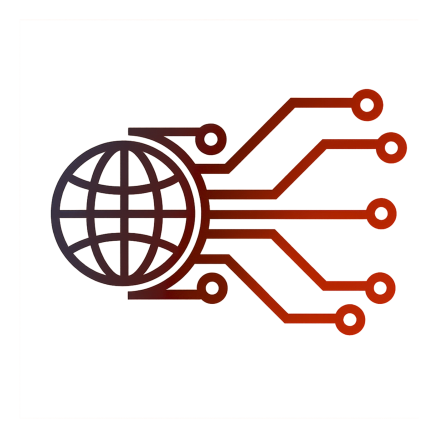
بودكاست تكنولوجى
يُعد التصنيف التكنولوجي من الأدوات المفاهيمية والتنظيمية التي تهدف إلى فرز وتبويب الابتكارات والأنظمة والأدوات التكنولوجية وفق معايير منهجية تُسهم في فهم مسارات التقدم العلمي وتوجيه استخداماته، ويعتمد هذا التصنيف على مجموعة من المعايير مثل مجال التطبيق كالصحة، التعليم، الصناعة، النقل، الزراعة، الطاقة، الاتصالات، والمعلومات، أو حسب نوع التقنية كالتقنيات الرقمية، النانوية، الحيوية، الميكانيكية، والروبوتية، ويمكن أيضًا تصنيفه وفق مستويات التأثير مثل التقنيات التحويلية التي تُحدث تغييرات جذرية في نمط الحياة، والتقنيات التكميلية التي تُحسن من الكفاءة دون إحداث تغييرات جذرية، ويُستخدم التصنيف التكنولوجي في مؤسسات البحث والتطوير لتحديد أولويات الابتكار وتوجيه الاستثمارات، كما يُستخدم في تحليل السياسات التكنولوجية ووضع استراتيجيات التنمية، ويُسهم في التعليم من خلال بناء مناهج تتماشى مع الاتجاهات التقنية الناشئة، ويدعم هذا التصنيف اتخاذ القرار في الشركات عند إدماج التقنيات في العمليات الإنتاجية، ويُستخدم كذلك في إعداد التقارير والمؤشرات العالمية التي تُقارن بين الدول في مستوى التقدم التكنولوجي، وتزداد أهمية التصنيف التكنولوجي في عصر التحول الرقمي حيث تتسارع الابتكارات وتتشابك التقنيات، مما يتطلب أنظمة تصنيف مرنة قادرة على مواكبة التطورات، كما يُسهم هذا التصنيف في تعزيز الفهم العام للتكنولوجيا بين الجمهور من خلال تبسيط مفاهيمها وربطها بالواقع العملي، وبهذا فإن التصنيف التكنولوجي لا يقتصر على الترتيب أو الفهرسة بل يمثل أداة استراتيجية لفهم أثر التكنولوجيا على المجتمعات وتوجيه مسارها المستقبلي بذكاء وفعالية. --- Technological classification is a conceptual and organizational tool aimed at categorizing innovations, systems, and technological tools according to systematic criteria that contribute to understanding the paths of scientific progress and directing its applications. This classification is based on several criteria such as application domains including health, education, industry, transportation, agriculture, energy, communications, and information, or by technology type such as digital, nanotechnology, biotechnology, mechanical, and robotics. It can also be categorized based on impact levels, such as transformative technologies that bring fundamental lifestyle changes, and complementary technologies that enhance efficiency without major shifts. Technological classification is used in research and development institutions to set innovation priorities and direct investments. It is employed in analyzing technology policies and formulating development strategies. It also supports education by shaping curricula aligned with emerging technological trends. Companies use this classification for decision-making when integrating technologies into production processes. It is also applied in preparing global reports and indicators comparing countries' technological advancement. The importance of technological classification increases in the digital transformation era, where innovations accelerate and technologies intertwine, requiring flexible classification systems that keep pace with developments. This classification enhances public understanding of technology by simplifying concepts and connecting them to practical reality. Thus, technological classification is not merely about organization or cataloging—it is a strategic tool for understanding technology’s societal impact and intelligently guiding its future trajectory.